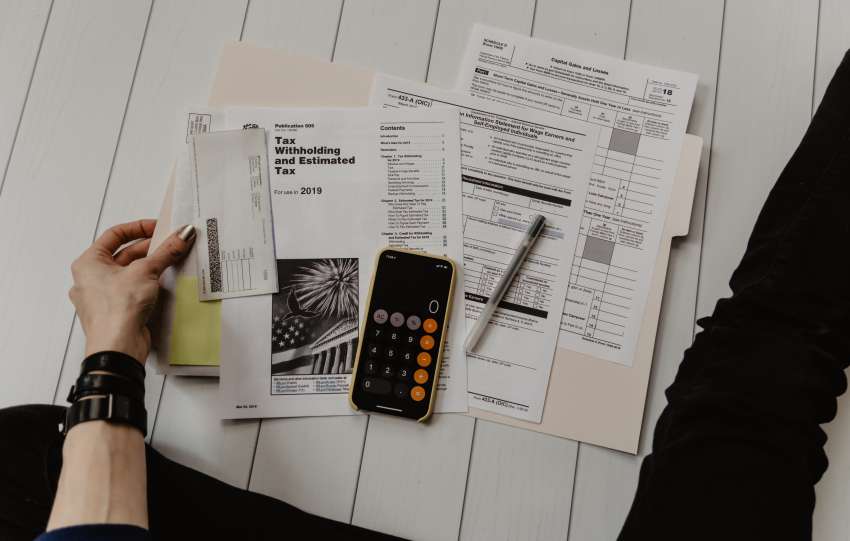According to Federal Reserve data, Americans are borrowing more while they have got racked up big amounts of consumer debt.
The newly released minutes of the closing Federal Reserve meeting delivers a wider picture of the United States economy. A vulnerable housing marketplace weighed in the US economy. The thrilling trend, however, is the developing indebtedness of US customers now that banks have loosened the spigots on lending.
The Fed took a positive view of overall monetary progress, noting a low unemployment rate, low inflation and, generally, “continued improvement in labor market conditions”.
Banks additionally loosened the reins and started out extending more credit to consumers, especially through credit cards and vehicle loans, which a few have suggested maybe a bubble.
 To some, that may be a warning sign. Consumer debt – which includes vehicle loans, credit card debt and student loans – is now at an all-time high of $3.2tn, consistent with Federal Reserve records. Such debt tends to be unstable in components because credit card debt and car loans commonly go toward buying matters that only depreciate in value. Unlike with houses or university educations, it’s hard for debtors to build fairness in cars or things sold on credit.
To some, that may be a warning sign. Consumer debt – which includes vehicle loans, credit card debt and student loans – is now at an all-time high of $3.2tn, consistent with Federal Reserve records. Such debt tends to be unstable in components because credit card debt and car loans commonly go toward buying matters that only depreciate in value. Unlike with houses or university educations, it’s hard for debtors to build fairness in cars or things sold on credit.
Low-profits households have visible the fastest upward push in the use of purchaser debt due to the fact that the financial disaster, and are too uncovered to financial shocks.
Will you consider it as an awesome balance? Explores changes in the use of consumer debt – which includes store cards, credit cards, mail order and hire purchases, and auto finance – over the last decade, including in which it has grown fastest, and what it way for households’ economic resilience.
Common Fears of another debt-fuelled economic crisis are overblown. Overall client debt levels remain significantly underneath pre-disaster levels (15% of total earnings final year, compared to 19% in 2008), while traditionally low hobby costs have pushed down the price of debt.
Credit card use (with an average quoted interest rate today of 20%, up from 15% in 2008) among low-income families grew by 13 ppts between 2006-08 and 2016-19. The use of overdrafts (with a median quoted interest charge of 15-20%) grew by 4 ppts.
The Foundation says that a decade of falling interest rates has now not visible falls in low-profits families’ exposure to debt, now not least given the wider squeeze on incomes throughout this period. Typical debt payments as a share of profits have remained at around 8% due to the fact that the financial disaster – 3 times better than it is for the richest 5th of households.
This, blended with a 15 percent rise in the share of low-to-middle households who’ve no savings, leaves them far too exposed to future economic shocks.
Already more than half (53%) of low-earnings households with customer debt mentioned difficulties in assembly accommodation fees in 2016-19, up from one-in-three families in 2006-08. These problems are more than 2 times as not unusual in low-profits households that have purchaser debt in comparison to those who don’t (53% vs 22%).
 Greater access to purchaser credit may be a vital gain for low-earnings families, even though the kinds of debt families are taking on desires closer scrutiny. This is particularly proper while debt repayments are combined with hire or council tax arrears, and a lack of financial savings for households to fall returned on – which collectively can test a household’s financial resilience.
Greater access to purchaser credit may be a vital gain for low-earnings families, even though the kinds of debt families are taking on desires closer scrutiny. This is particularly proper while debt repayments are combined with hire or council tax arrears, and a lack of financial savings for households to fall returned on – which collectively can test a household’s financial resilience.
Access to new credit can be hugely useful for low-earnings families; however, with many also reporting that they’ve no financial savings to fall lower back on, these excessive debt repayment pressures are a sign of stretched living standards.
The chance is that this leaves them a long way too uncovered to future financial shocks, reinforcing the want for policymakers to recognition on the residing standards of these on low and middle incomes.






